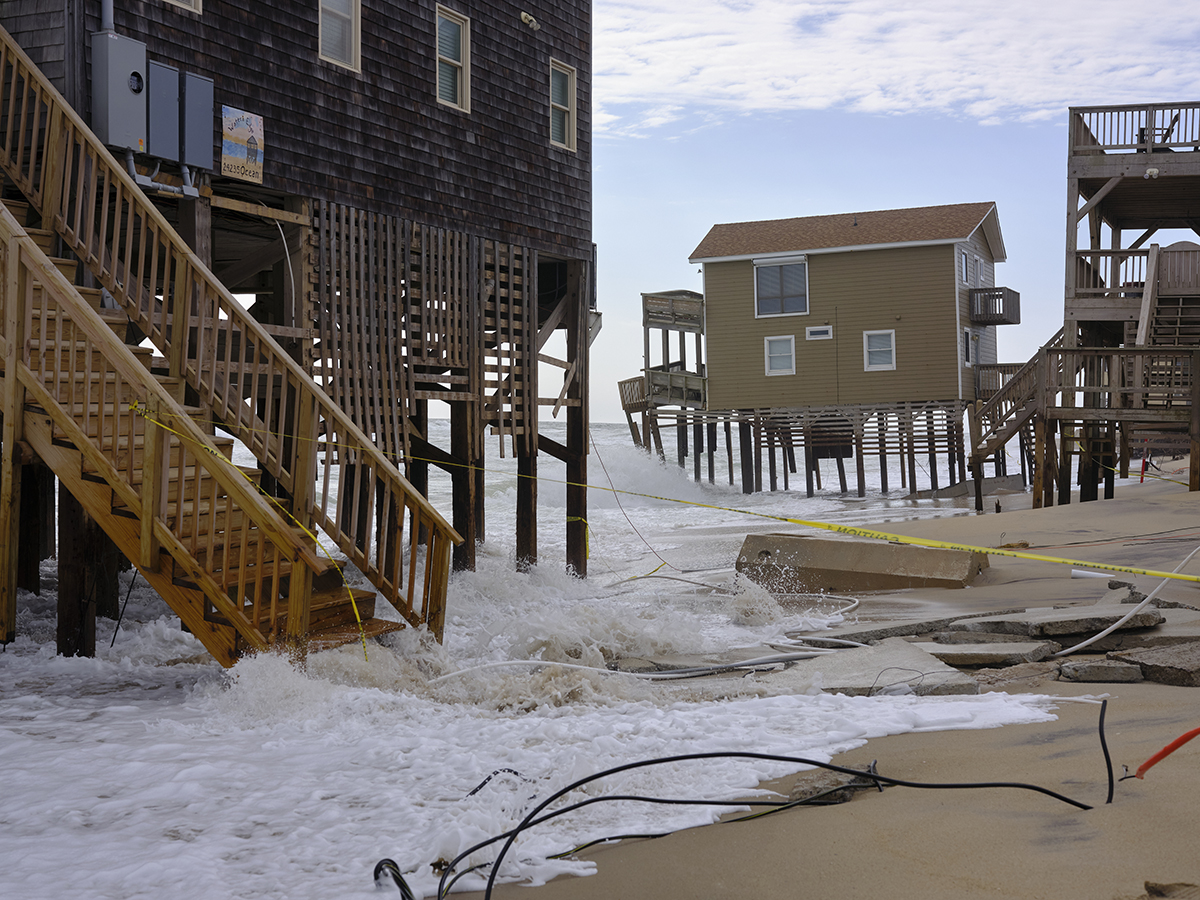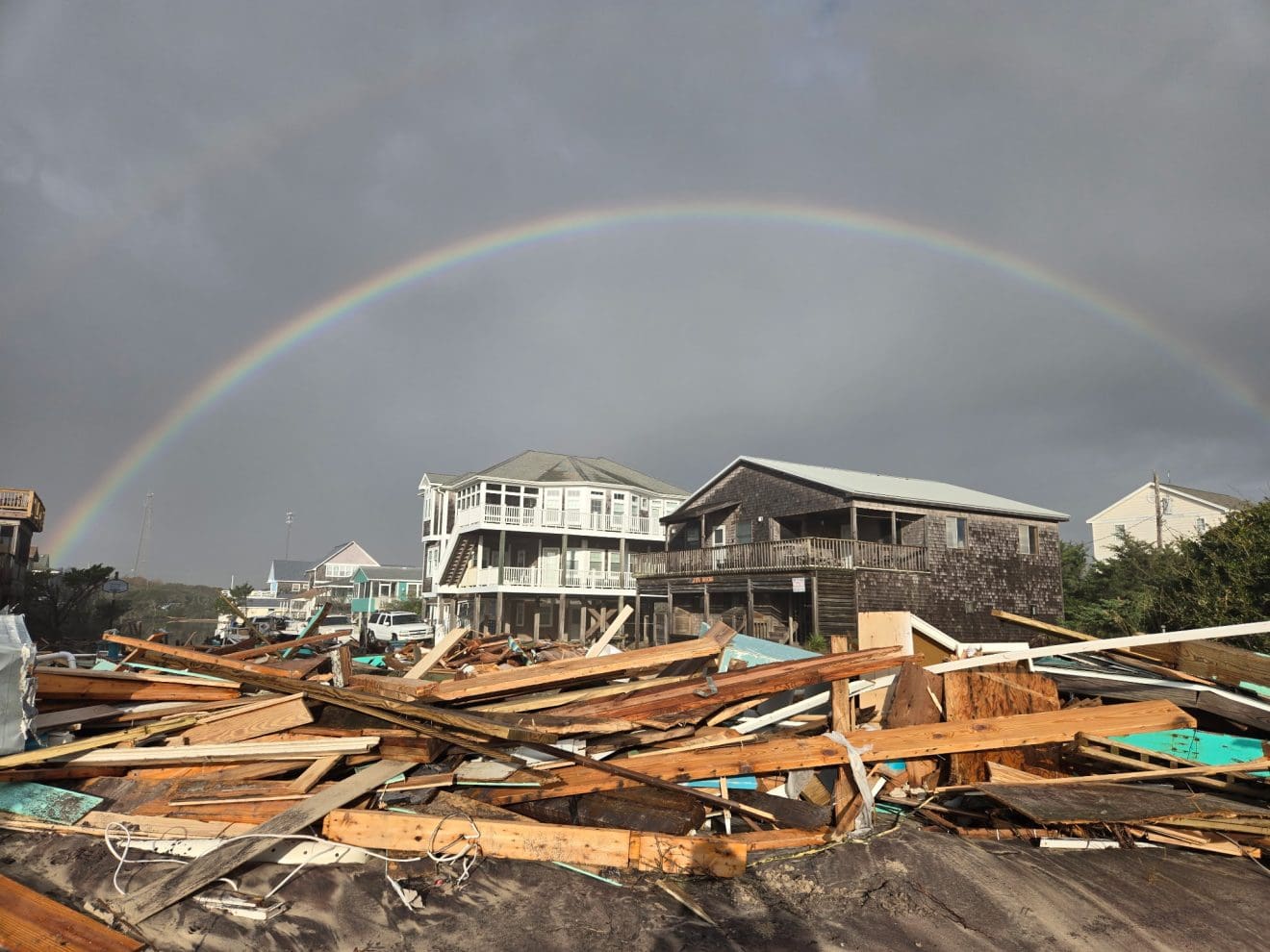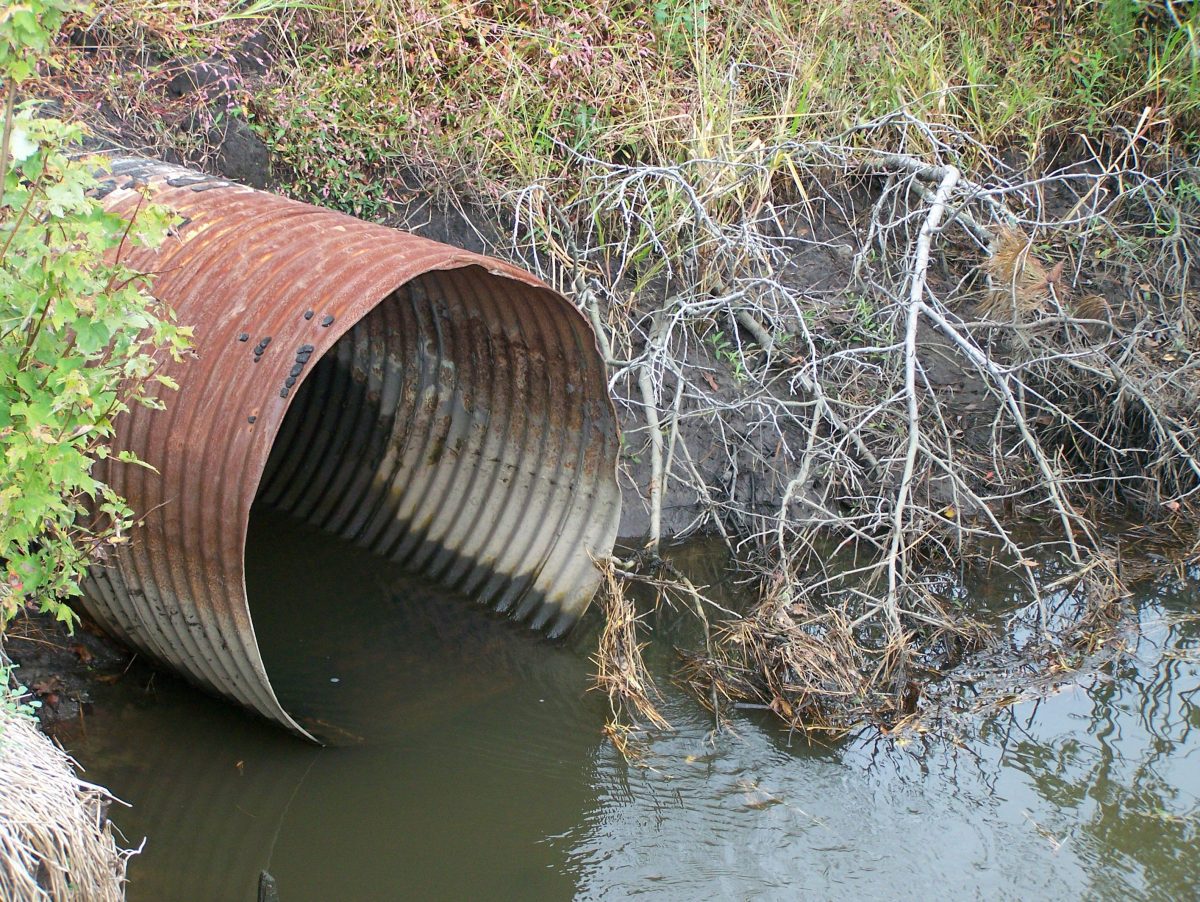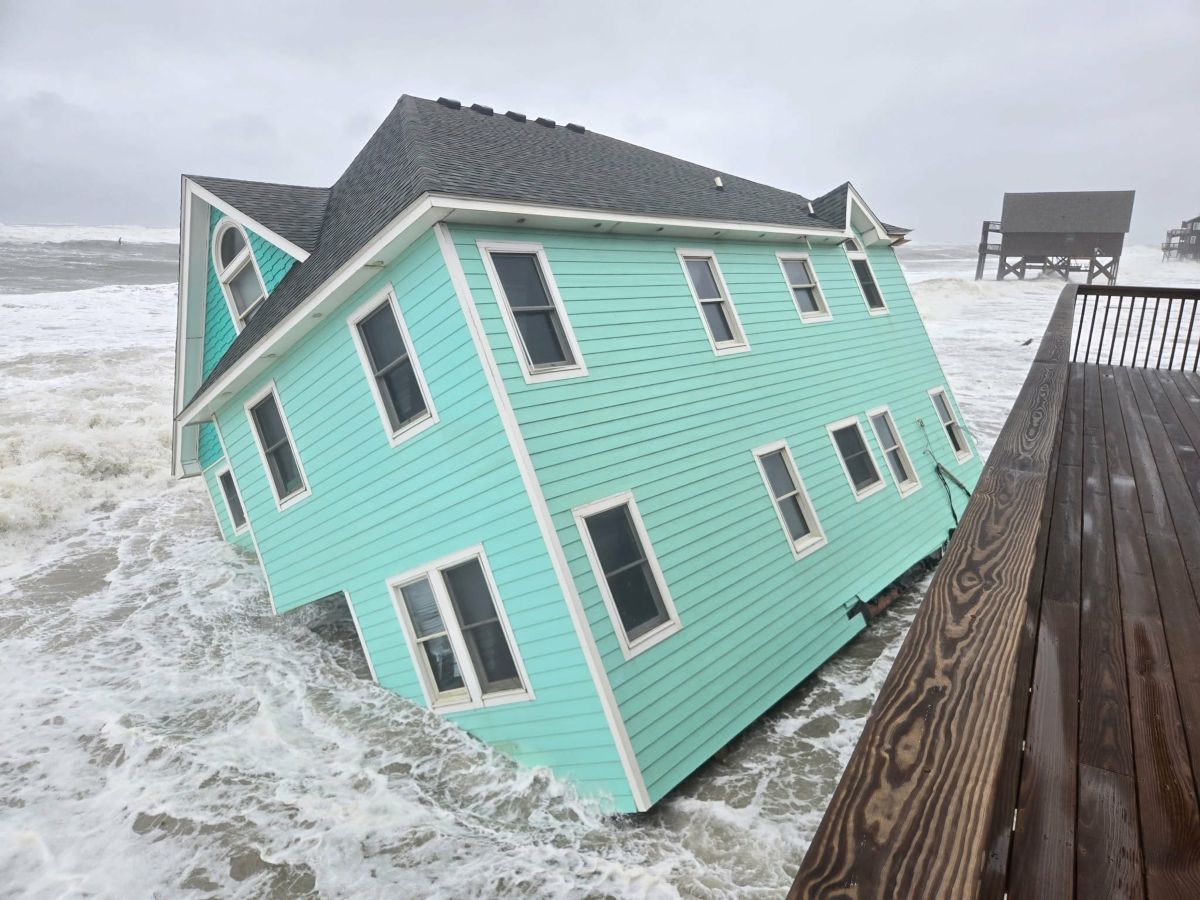
This post has been updated
BEAUFORT — The state Coastal Resources Commission, when it met earlier this month, put off until next year any decision on proposed new septic system rules for oceanfront structures, changes drafted in response to recent sewage spills from erosion-compromised homes on the Outer Banks.
Supporter Spotlight
The commission met Nov. 17 in Beaufort and took the Division of Coastal Management staff’s recommendation to wait until February to allow for more public input and to hear from an interagency group that first met in August. The group is made up of state and federal officials and others working to address problems related to erosion-threatened structures and to discuss proposed rules governing replacement and relocation of septic systems seaward of the oceanfront vegetation line.
Three houses have fallen into the ocean this year on the Cape Hatteras National Seashore in Rodanthe, one in February and two on May 10. Since then, park officials have identified 33 exposed septic systems and drain fields along the erosion-prone stretch of public beach. Park service officials have been working with 24 owners to get them to move their houses.
Related: A cycle of septic repairs, washouts on park service beaches
Division Director Braxton Davis is heading up the interagency group and asked the commission to delay a vote on the proposed rule changes. Davis said he expected to return in February with new information.
“Over time, even with setbacks for new construction, ocean shorelines can erode to the point where structures are located out on the public beach and are imminently threatened by erosion, including septic systems in some areas,” Davis told Coastal Review in an email response after the meeting. “This is a concern for the Division and for other agencies and local governments. Delaying action until the February CRC meeting allows staff the opportunity to consider the public input we’ve received to date.”
Supporter Spotlight
The proposed changes include clarifying existing rules, including one stipulating that any new septic system must meet the oceanfront setback of the primary structure. Another change would clarify that a septic system relocated with public funds must meet the oceanfront setback, while a system that is moved with private money that does not meet current ocean setbacks are to be relocated the maximum possible distance landward of its current location.
Division Policy and Planning Section Chief Mike Lopazanski said during the meeting that the septic system needs to be landward of the house, or farthest away from the ocean on the property, and not alongside the house.
Division staff proposed amending the “development allowed within the oceanfront setback” rule to add relocated or repaired/replaced septic systems. This rule allows certain types of development seaward of the oceanfront setback but does not include septic systems.
Another proposed amendment would specifically state that septic systems are to be considered separate structures in making “repair versus replacement” determinations and clarify that a building, a septic tank and a drain field or secondary treatment system are each to be considered separate structures.
The interagency group is set to meet in December, Lopazanski said.
“One of the things we’d like to do, once I get some reaction from you all, is bring this rule language to them as a way of addressing this particular issue with erosion-threatened structures,” Lopazanski told the commission.







